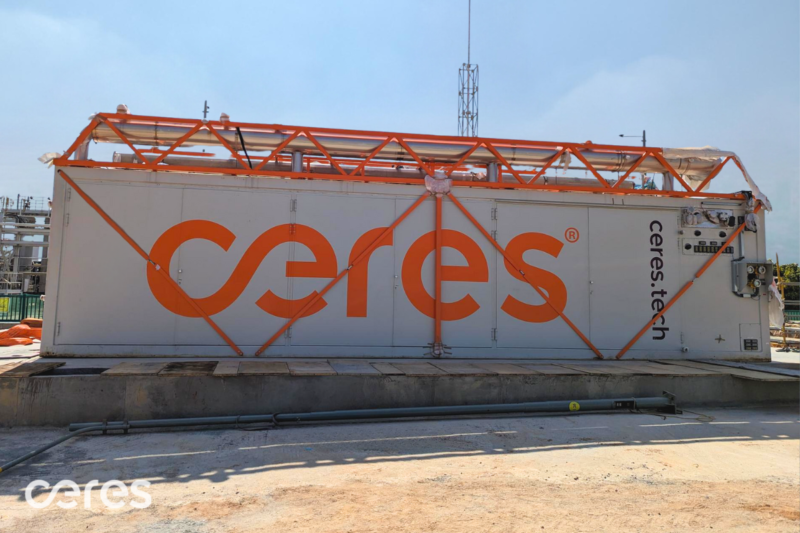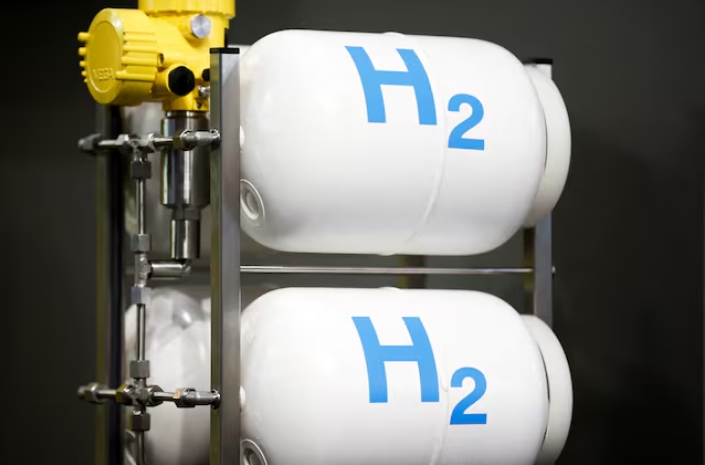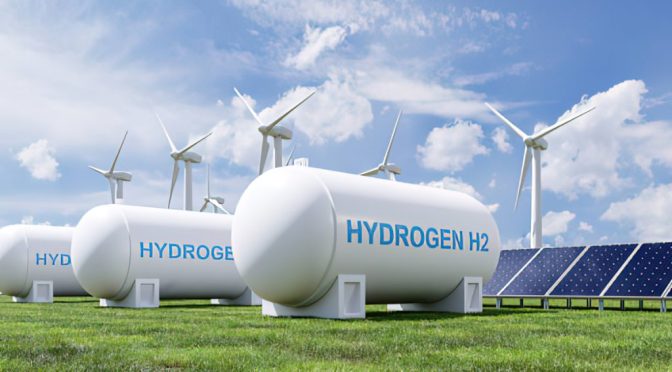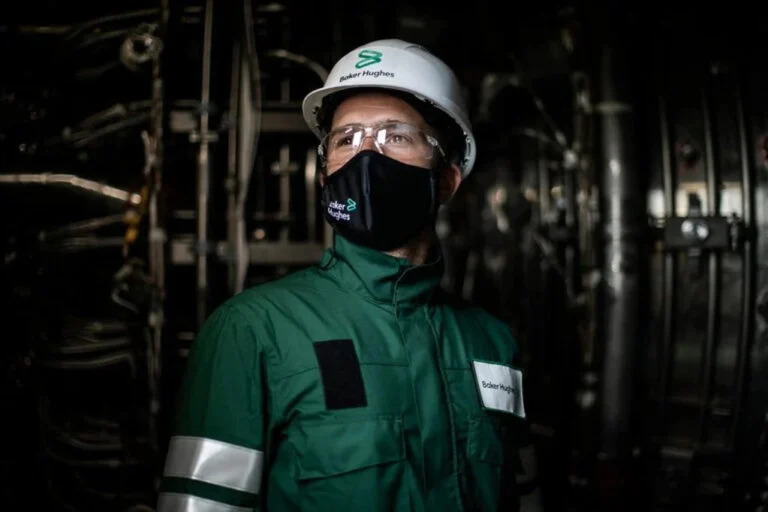Plastic waste is a massive global problem, with 4.9 billion tons of it currently sitting in our oceans, beaches, waterways, and landfills, where it is polluting the environment and killing off wildlife.
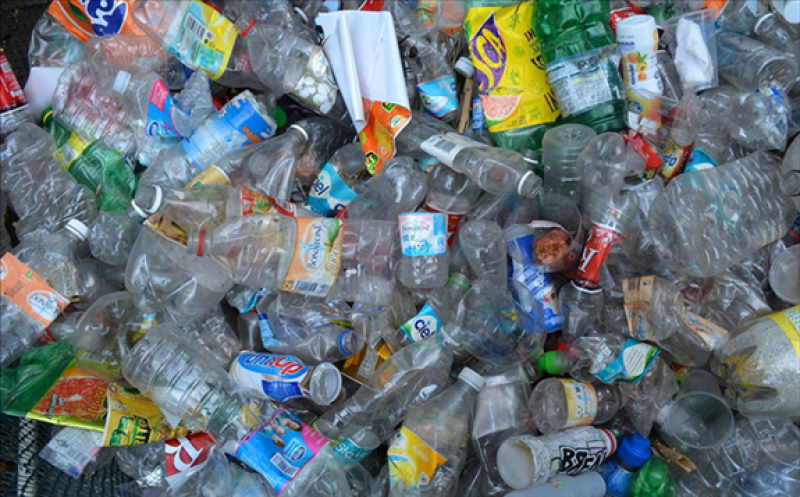 Image Credit: Celinebj / Wikimedia Commons
Image Credit: Celinebj / Wikimedia Commons
Carry on as we are and by the year 2050, there will be 12 billion tons of plastic waste in our landfills alone.
It takes approximately 1,000 years for plastic waste to degrade naturally but — at the same time — recycling is proven to be inefficient and difficult. This is particularly true when it comes to certain items like sachets, milk bottles, and plastic bags or items contaminated with food and oil.
In a bid to tackle the issue, several approaches are being explored, including converting plastic waste into clean hydrogen, which looks set to become a popular alternative to fossil fuels. Today, hydrogen is already being used in some small electric cars and planes.
The Process of Converting Plastic to Hydrogen
In the last few years, scientists have employed various techniques to produce clean, reusable hydrogen in the process of eliminating plastic waste, which has a hydrogen density of around 14%.
If applied at scale, hydrogen extraction could help tackle climate change, contribute to the decarbonization of industries dependant on fossil fuels, and slowly reduce the amount of plastic waste created. Not only that, but plastic comprises a significant amount of energy, which goes to waste when it is simply tossed into a landfill rather than mined for useful — and clean — chemicals or fuels.
Two of the techniques currently being pursued by scientists are photoreforming and thermal conversion chambers.
Photoreforming
Photoreforming is a simple, sunlight-driven process that sees a photocatalyst being applied to a plastic before it is immersed in an alkaline solution. Sunlight irradiation reduces the water within the solution to hydrogen, and the plastic polymers are oxidized to small organic molecules. While plastic contamination often precludes recycling, the photoreforming approach works no matter if the plastic is clean or not.
Thermal Conversion Chambers
Hydrogen can be stripped from plastic via a thermal conversion chamber, which pumps out heat at 850 °C and decomposes plastic waste to syngas — a combination of hydrogen and carbon monoxide. The carbon monoxide is then converted to carbon dioxide and additional hydrogen via a water-gas shift reactor. It’s effective but expensive, using mammoth amounts of energy in the process. Earlier this year, plans were approved to build a huge hydrogen production plant in Lancaster, California, which will be three times the size of any existing green hydrogen facility in the world.
Now, a group of chemists has discovered how items such as plastic bags and milk bottles can be converted into clean hydrogen using microwaves — a process that promises to be quicker, cheaper, less energy-intensive, and more effective.
How Does Microwaving Plastic Work?
Peter Edwards and his team at the University of Oxford, UK, believe their microwaving method could be the most efficient way to extract hydrogen from plastic waste. In this single-step approach, plastic is pulverized in a blender before being combined with a catalyst of aluminum oxide and iron oxide.
A 1,000-watt microwave generator blasts the mixture, which creates hot spots in the plastic and strips the hydrogen. The entire process takes a matter of seconds, recovering 97% of the plastic’s hydrogen and leaving behind carbon nanotubes
Because it is the catalyst, and not the plastic itself, that absorbs the microwaves, the process is significantly more energy-efficient than the thermal conversion chamber method.
"This is not good applied science, but rather good science, applied,” said Edwards. “It opens up an entirely new area of catalysis in terms of selectivity and offers a potential route to the challenge of the plastic waste Armageddon, particularly in developing countries as one route to the hydrogen economy — effectively enabling them to leap-frog the sole use of fossil fuels.”
Thus far, the team has only experimented with small amounts of plastic — approximately 300 grams for each test. But following the success of these trials, plans are already in place to scale-up the experiments.


